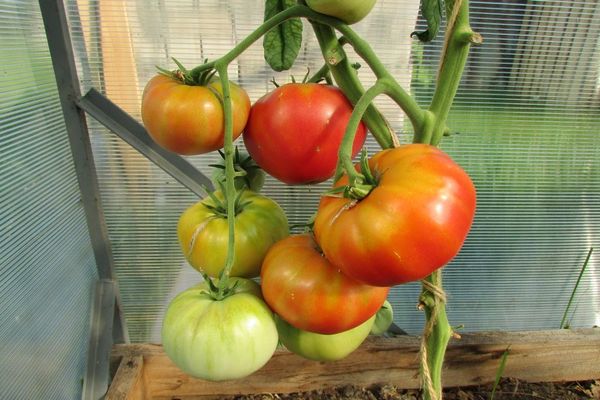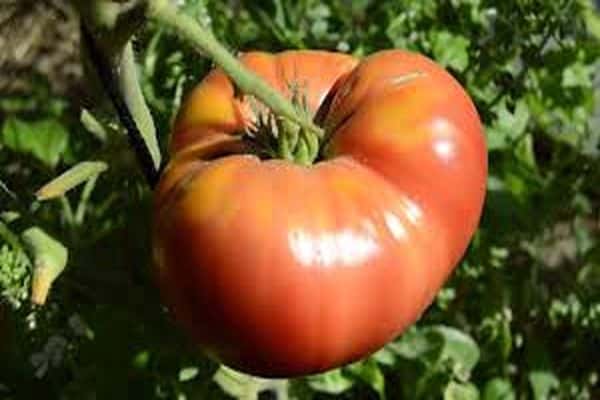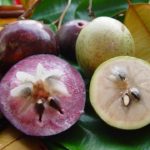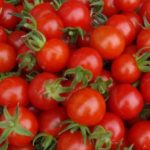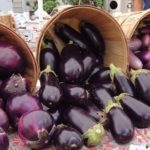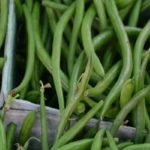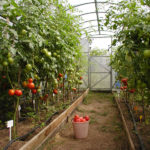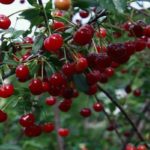The Raspberry Onslaught tomato was the result of the experiments of Russian breeders. The plant belongs to the elite types of collection varieties of tomatoes, as it is characterized by unusual yield for Russian regions. The name is associated with the characteristic unusual color of the vegetables, which are bright crimson in color.
Description of the variety and yield characteristics
Refers to mid-season hybrid tomato species of indeterminate type. From the moment of planting in the ground until the first harvest is harvested, on average, it takes from 90 to 100 days.Experienced gardeners call this tomato a record holder due to the high yield of the plant. With good care when grown from 1 m2 You can harvest up to 40 kg of tomatoes.
Description of the fruit
The tomato has fruits of a bright crimson color, in most cases large. They have an even shape of an almost perfect circle, the outside surface is characterized by slight ribbing. The weight of the fruit is surprising in its size and reaches an average of 500 grams, but there are also larger fruits. The fleshy pulp has a good taste, and the tomato has almost no seeds.
The fruits are suitable for consumption raw and for use in salads. The fleshy consistency of the pulp is excellent for making sauces, juices, and tomato paste. Fruits of small weight are rare, so this variety is practically not used for canning.
Advantages and disadvantages
Reviews from gardeners indicate that the main disadvantage of the plant is considered to be the variety’s demands on sufficient watering, temperature conditions and lighting. The plant responds well to sunlight, but does not tolerate excessive heat.
The list of main advantages of the variety:
- high yield;
- tomatoes do not have the problem of cracking;
- large size of fleshy fruits;
- special taste and brightness of color;
- good ability to set and ripen simultaneously.
How to grow
The plant is suitable for growing outdoors only in warm regions, so the main method is planting in greenhouse structures. Planting material begins to be sown at the end of March or beginning of April.
The approximate time of planting is calculated so that at the time of transplantation into the greenhouse the seedling is from 45 to 60 days old. Before planting, it is recommended to harden the seedlings.When planting seeds early, the first harvest can be harvested in early July.
The distance between seedlings should be from 50 to 60 cm. Gartering for this variety is mandatory. No more than 2 main stems are formed. In greenhouse conditions it can grow up to 1.3 m, so they must be provided with support. Due to the heaviness of the fruit, it is necessary to ensure that individual clusters of the plant are tied.
At the stage of active growth, the soil is fertilized and growth stimulants are used. When the fruits ripen, the hands experience stress and require additional garter to the trellis.
The variety is resistant to tomato diseases. Blossom rot is one of the most common plant diseases. For prevention, prevention is recommended in the form of increasing the calcium content in the soil and reducing nitrogen. The second common disease for the variety is brown spot, to combat which watering is reduced and the temperature is normalized.


